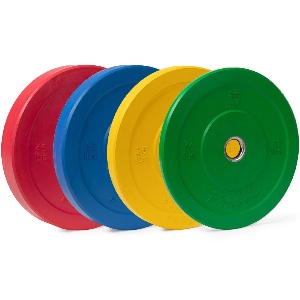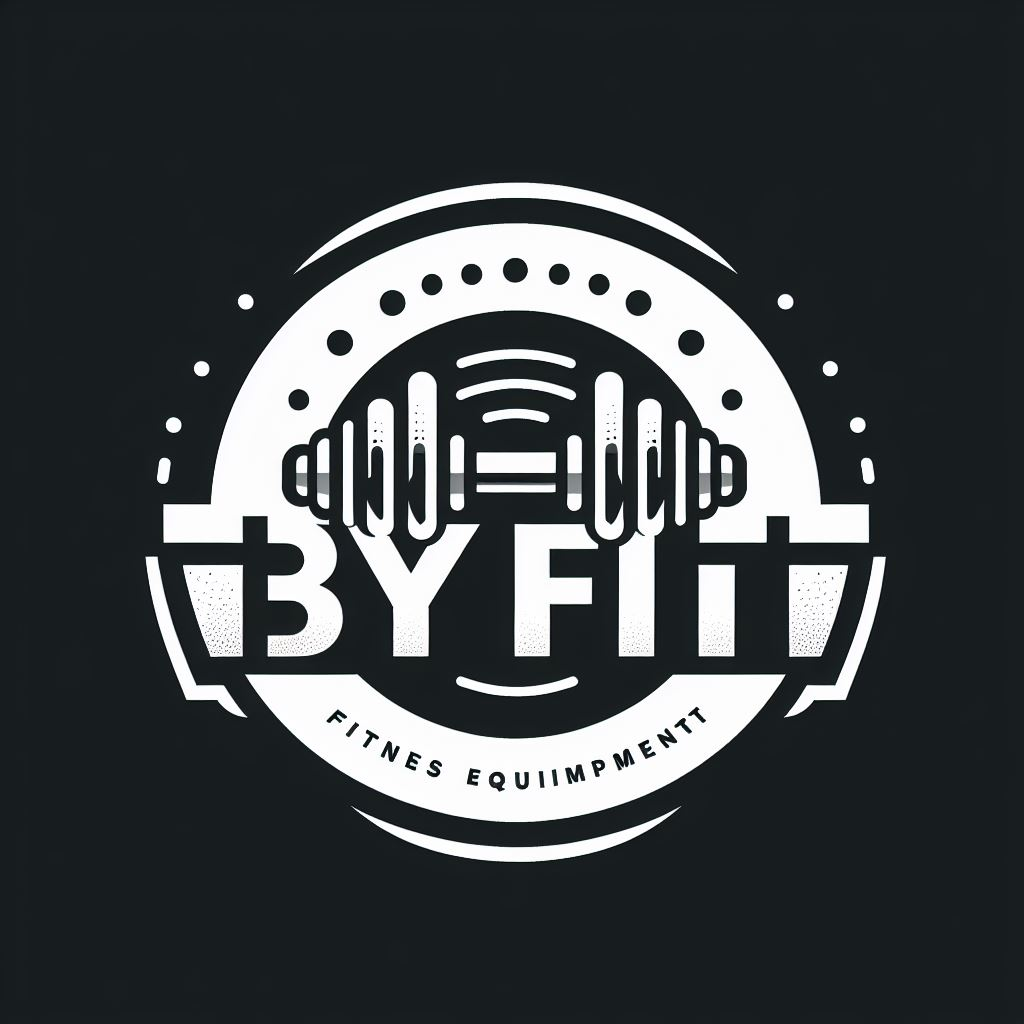
Weight plates are a cornerstone of strength training, used in a variety of exercises from bench presses to squats. Their design, material composition, and manufacturing process significantly impact their performance, durability, and safety. This article delves into the technical aspects and professional knowledge behind high-quality weight plates, providing insights into what makes them essential for effective strength training.
Material Science and Engineering
High-Quality Materials
The foundation of a superior weight plate lies in its material composition. Common materials include:
- Cast Iron: Known for its density and durability, cast iron is a traditional material that provides a solid and reliable weight. Its high density means more weight in a smaller volume, making it ideal for compact plates.
- Rubber-Coated Iron: Adding a rubber coating to cast iron plates offers several benefits. The rubber reduces noise, protects gym floors from damage, and provides a better grip. It also enhances the plate’s durability by protecting it from rust and corrosion.
- Polyurethane: Polyurethane-coated plates are highly durable and resistant to wear and tear. This material is less prone to cracking and chipping compared to rubber, making it suitable for high-traffic gyms.
Manufacturing Processes
Advanced manufacturing techniques are crucial for producing high-quality weight plates. Key processes include:
- Electroplating: This process involves coating the weight plate with a thin layer of metal through electrochemical deposition. Electroplating enhances the plate’s resistance to corrosion and wear, providing a smooth and durable finish.
- Integrated Molding: Integrated molding ensures that the weight plate is formed as a single, seamless piece. This technique enhances the structural integrity of the plate, reducing the risk of breakage and ensuring even weight distribution.
Design and Ergonomics
Structural Integrity
The design of weight plates is critical for their performance and safety. High-quality weight plates feature:
- Reinforced Ribs: These structural elements add strength and stability to the plate, preventing deformation under heavy loads.
- Multiple Grip Options: Plates with multiple grip holes allow for versatile handling and easier loading and unloading on bars and machines.
Ergonomic Features
Ergonomic design elements enhance user safety and comfort:
- Non-Slip Handles: Handles with textured surfaces or rubber coatings provide a secure grip, reducing the risk of slipping during use.
- Anti-Roll Design: Plates with flat edges or anti-roll features ensure they stay in place when not in use, enhancing safety in the gym environment.
Types of Weight Plates
Standard Weight Plates
Standard weight plates typically have a 1-inch diameter hole and are used with standard bars. They are suitable for home gyms and light commercial use.
Olympic Weight Plates
Olympic weight plates have a 2-inch diameter hole and are designed for use with Olympic bars. They are the standard in commercial gyms and competitive lifting due to their stability and durability.
Bumper Plates
Bumper plates are made from dense rubber and are designed for Olympic weightlifting. They can be dropped from overhead without damaging the floor or the plates themselves, making them ideal for high-impact lifting.
Safety and Performance
Load Distribution
Even weight distribution is crucial for the safety and performance of weight plates. Plates should be balanced to prevent wobbling and ensure smooth lifting.
Impact Resistance
High-quality weight plates are designed to withstand repeated impacts. This is particularly important for bumper plates, which are frequently dropped from overhead.
Customization and Branding
Many manufacturers offer customization options for weight plates, allowing gyms and fitness brands to add their logos and colors. This not only enhances brand visibility but also creates a cohesive look for the fitness facility.
Understanding the science and engineering behind weight plates can help fitness professionals and enthusiasts make informed decisions about their equipment. High-quality weight plates, crafted from superior materials and designed with ergonomic features, enhance the safety and effectiveness of strength training. Whether for home gyms, commercial facilities, or competitive lifting, investing in well-engineered weight plates is essential for achieving optimal performance and durability.
For more insights into fitness equipment and strength training, connect with industry experts and stay updated with the latest advancements in the field.
